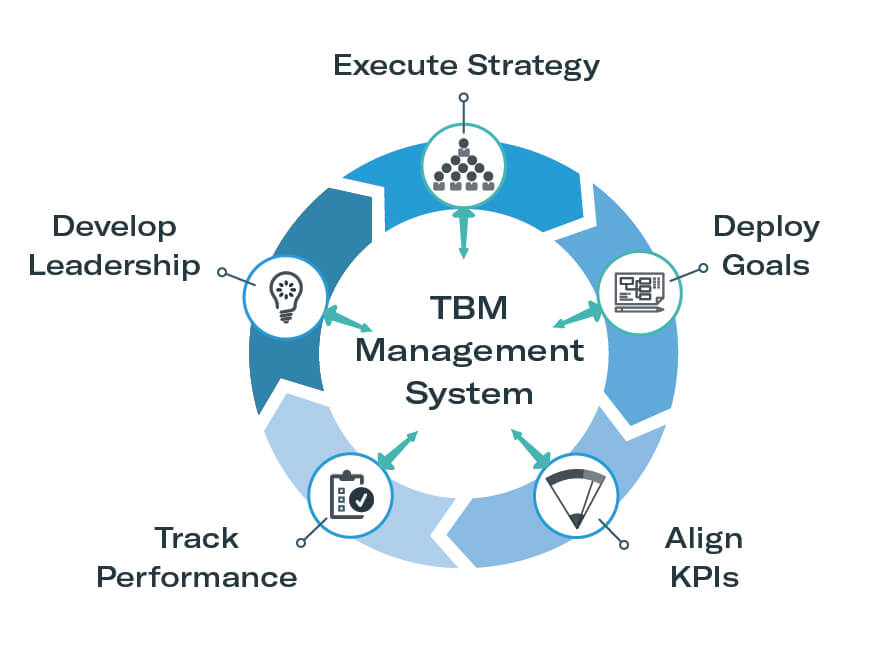An Effective Business Management System is a Self-Reinforcing, Virtuous Circle
You might not recognise it as such, but every company has a business management system. It’s how things get done when they need to get done, or not. How would you rate the effectiveness of your company’s business management system on a scale from highly effective to dysfunctional?
At most organisations, there’s a lot of room for improvement. An effective Business Management System is a deliberately integrated set of management processes and tools that help align the company strategy and annual objectives with daily actions, monitor performance, and trigger corrective actions. It guides and empowers managers and employees to drive process improvements every day, and helps sustain forward progress.

The benefits of an effective business management system include:
- Well-defined and understood performance metrics
- Strategic objectives cascaded to all levels of the organisation
- Cross-functional teams effectively working together on company-wide goals
- Increased management and employee engagement
- Faster achievement of top priority objectives.
To support some operational improvements and sustain forward progress at a fast-growing food manufacturer, TBM helped implement a more structured management system. We documented this and other improvements in a recent case study. What follows are some of the highlights.
At a cultural level, like at a lot of manufacturing operations, managers at the company’s two primary facilities had a tendency toward “firefighting.” They would respond quickly and “save the day,” fixing symptoms of problems without getting at root causes, and the issues would eventually come back. In terms of immediate priorities, both food plants were struggling with capacity utilisation. With a maximum availability of 80% because of equipment cleaning requirements, they were struggling to exceed 60%. One of the plants was also having trouble with ingredient waste.
In addition to addressing these issues, which is documented in the case study, we helped them strengthen their foundation for future improvements by re-emphasising standard work and providing some in-depth training in problem-solving. We then coached employees as they applied these tools to top priority issues in their areas. Our management system work included helping the plants set up and report performance on SQDC boards (safety, quality, delivery and cost), and then track specific issues on separate hour-by-hour boards. We coached site leaders and the area supervisors not just on using the boards, but on how to talk to people about the issues presented on them.
Employees’ ideas for addressing issues need to be discussed gently and constructively. If not, people will disengage and stop offering any solutions. Here, as at many companies, they struggled at first with doing the daily performance review element of an effective business management system. It requires a level of discipline that many managers aren’t prepared for or accustomed to. Eventually, however, it became part of how they work every day, as well as how they make progress on the organization’s improvement priorities.
Let us know if you want to learn more about how to make the management system work more effectively at your company.





